U.S. railroads originated 1,238,487 carloads in January 2019, up 1.7 percent, or 21,054 carloads, from January 2018. U.S. railroads also originated 1,316,168 containers and trailers in January 2019, up 0.5 percent, or 6,008 units, from the same month last year. Combined U.S. carload and intermodal originations in January 2019 were 2,554,655, up 1.1 percent, or 27,062 carloads and intermodal units from January 2018.
In January 2019, 11 of the 20 carload commodity categories tracked by the AAR each month saw carload gains compared with January 2018. These included: petroleum and petroleum products, up 12,791 carloads or 23.9 percent; chemicals, up 3,841 carloads or 2.5 percent; and primary metal products, up 3,103 carloads or 7.2 percent. Commodities that saw declines in January 2019 from January 2018 included: crushed stone, sand & gravel, down 2,118 carloads or 2.2 percent; coke, down 2,046 carloads or 9.9 percent; and motor vehicles & parts, down 2,015 carloads or 2.7 percent.
“January rail traffic painted a mixed picture, with healthy gains for some key commodities, while others continued to be a drag on overall carload numbers,” said AAR Senior Vice President of Policy and Economics John T. Gray. “Intermodal volumes, chemicals and petroleum and petroleum products all continued their momentum from 2018. On the other hand, motor vehicles and parts were down in January — and overall carloads were held back by declines in coal and grain, but these fluctuations don’t reflect weakness in the economy.”
Excluding coal, carloads were up 21,864 carloads, or 2.7 percent, in January 2019 from January 2018. Excluding coal and grain, carloads were up 22,984 carloads, or 3.3 percent.
Total U.S. carload traffic for the first month of 2019 was 1,238,487 carloads, up 1.7 percent, or 21,054 carloads, from the same period last year; and 1,316,168 intermodal units, up 0.5 percent, or 6,008 containers and trailers, from last year.
Total combined U.S. traffic for the first five weeks of 2019 was 2,554,655 carloads and intermodal units, an increase of 1.1 percent compared to last year.
Week Ending Feb. 2
Total U.S. weekly rail traffic was 498,288 carloads and intermodal units, down 9.1 percent compared with the same week last year.
Total carloads for the week ending Feb. 2 were 242,718 carloads, down 8.4 percent compared with the same week in 2018, while U.S. weekly intermodal volume was 255,570 containers and trailers, down 9.6 percent compared to 2018.
Two of the 10 carload commodity groups posted an increase compared with the same week in 2018. They were petroleum and petroleum products, up 2,186 carloads, to 12,979; and miscellaneous carloads, up 1,243 carloads, to 11,066. Commodity groups that posted decreases compared with the same week in 2018 included coal, down 13,963 carloads, to 75,752; grain, down 3,189 carloads, to 21,508; and non-metallic minerals, down 3,044 carloads, to 29,630.
North American rail volume for the week ending Feb. 2, on 12 reporting U.S., Canadian, and Mexican railroads totaled 337,652 carloads, down 7.4 percent compared with the same week last year, and 329,869 intermodal units, down 11 percent compared with last year. Total combined weekly rail traffic in North America was 667,521 carloads and intermodal units, down 9.2 percent. North American rail volume for the first five weeks of 2019 was 3,447,700 carloads and intermodal units, up 1.1 percent compared with 2018.
Canadian railroads reported 76,671 carloads for the week, down 2.2 percent, and 62,070 intermodal units, down 12 percent compared with the same week in 2018. For the first five weeks of 2019, Canadian railroads reported cumulative rail traffic volume of 729,367 carloads, containers and trailers, up 5 percent.
Mexican railroads reported 18,263 carloads for the week, down 13.1 percent compared with the same week last year, and 12,229 intermodal units, down 28.3 percent. Cumulative volume on Mexican railroads for the first five weeks of 2019 was 163,678 carloads and intermodal containers and trailers, down 12.5 percent from the same point last year.
— An Association of American Railroads news release. Feb. 6, 2019.





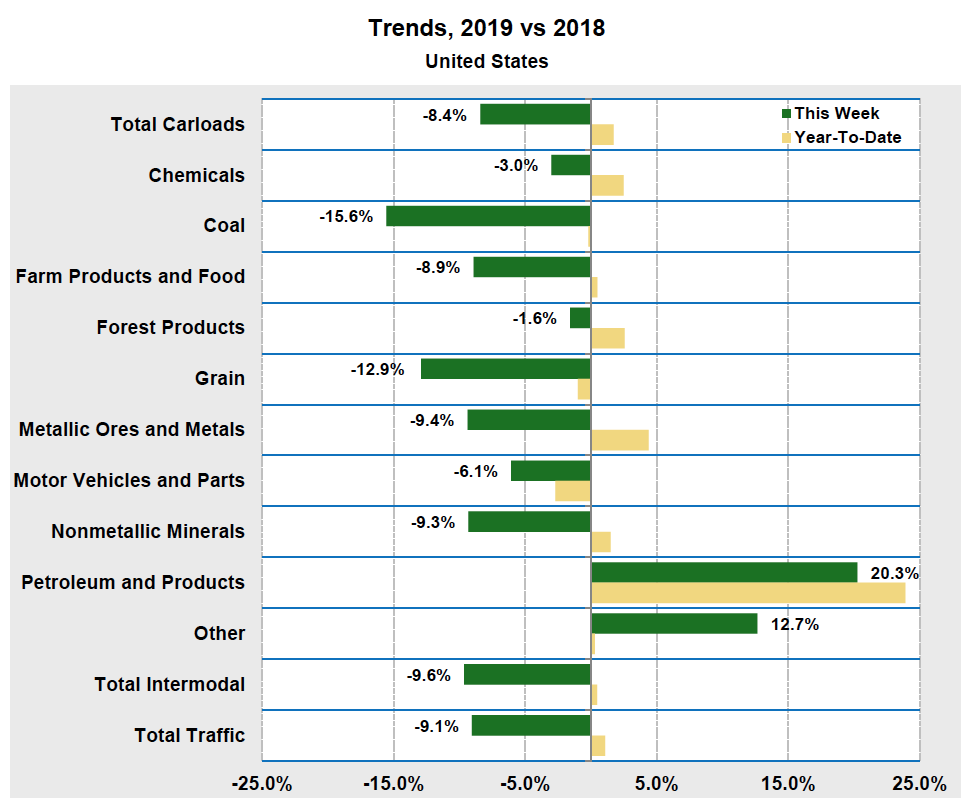
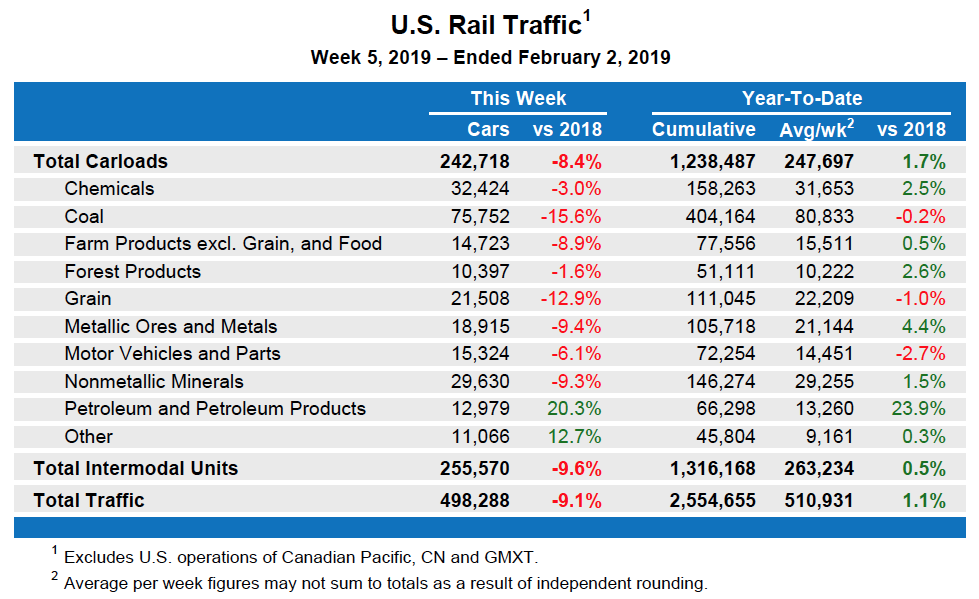

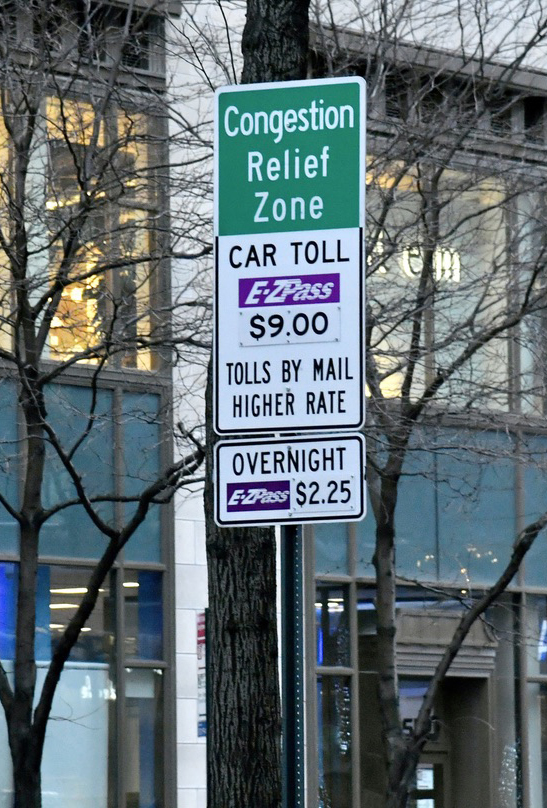
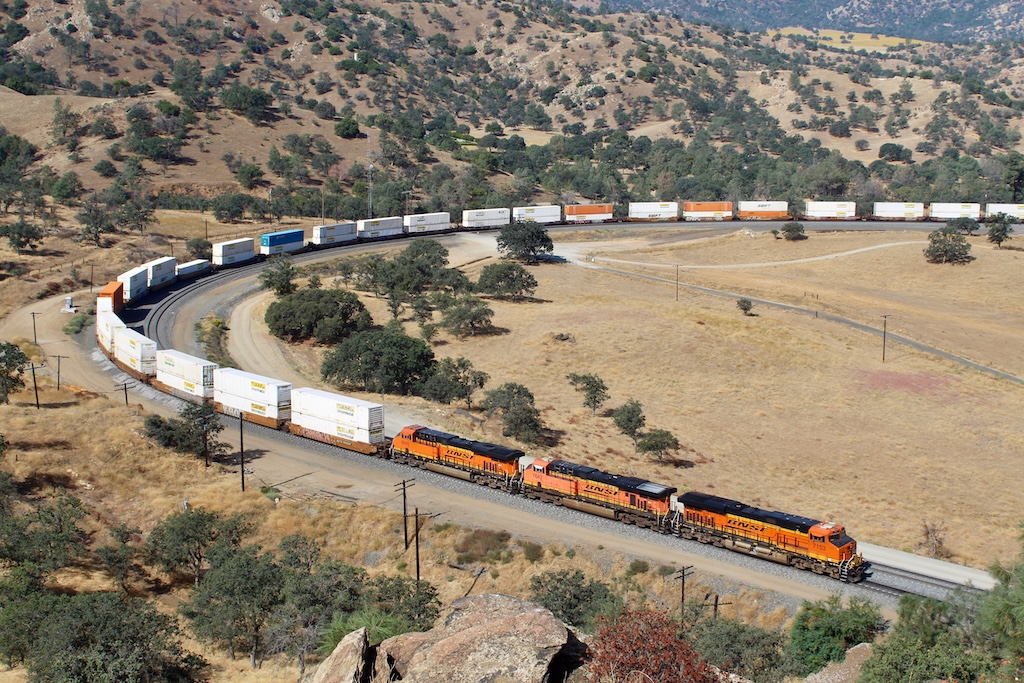

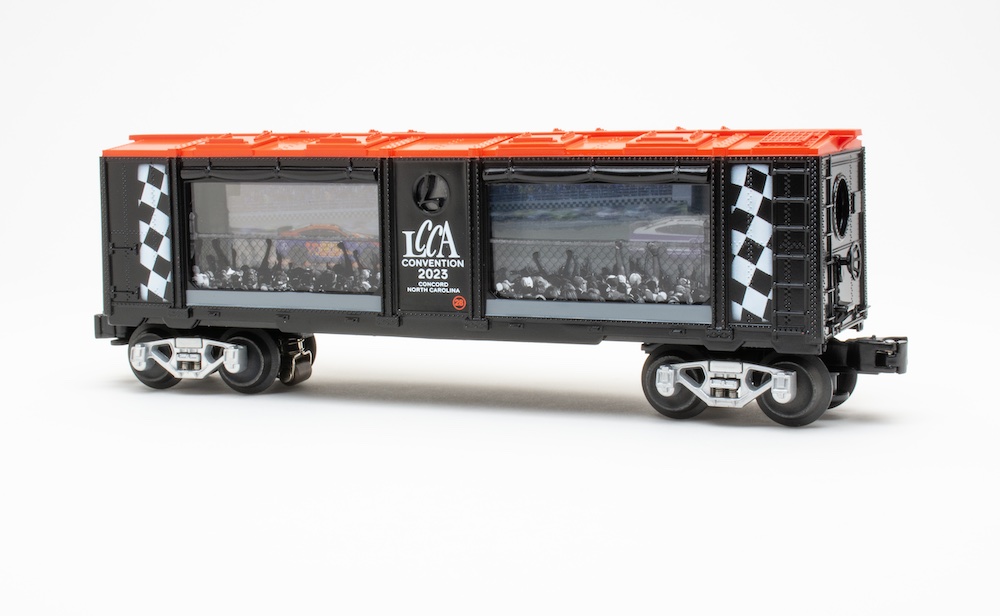




I see that guy who is always bragging about coal’s comeback didn’t make a comment this week.
If the train was spotted with the air in emergency it therefore had no air in either the service or emergency reservoirs. Recharging the train line would have released the air in the brake cylinders allowing the train to begin to roll downhill. With no air in either reservoir, the train was doomed. Either the brakes should never have been placed in emergency, retaining air in the emergency reservoirs, or retainers should have been turned up to prevent the cylinders from releasing their air and therefore maintaining brake shoe pressure against the wheels holding the train from rolling downhill until the service reservoirs could have been recharged. Sounds as though this train crew was not sufficiently trained or not thinking.
I rain trains on the old B.& A. between Albany, N.Y. and Boston, Mass. We had a +1% grade of ten or so miles east bound and a somewhat easier one westbound for around 20 miles over the Berkshires. I would never have taken a train down either of these grades without fully charged service and emergency reservoirs. These unfortunate souls were not thinking. The trains today are so heavy everything must be perfect. When they are not this is what can happen. Very sad.
Bill McDonald
Maybe CP needs to rethink the length of their trains and where the distributed power units are placed in this location
Maybe